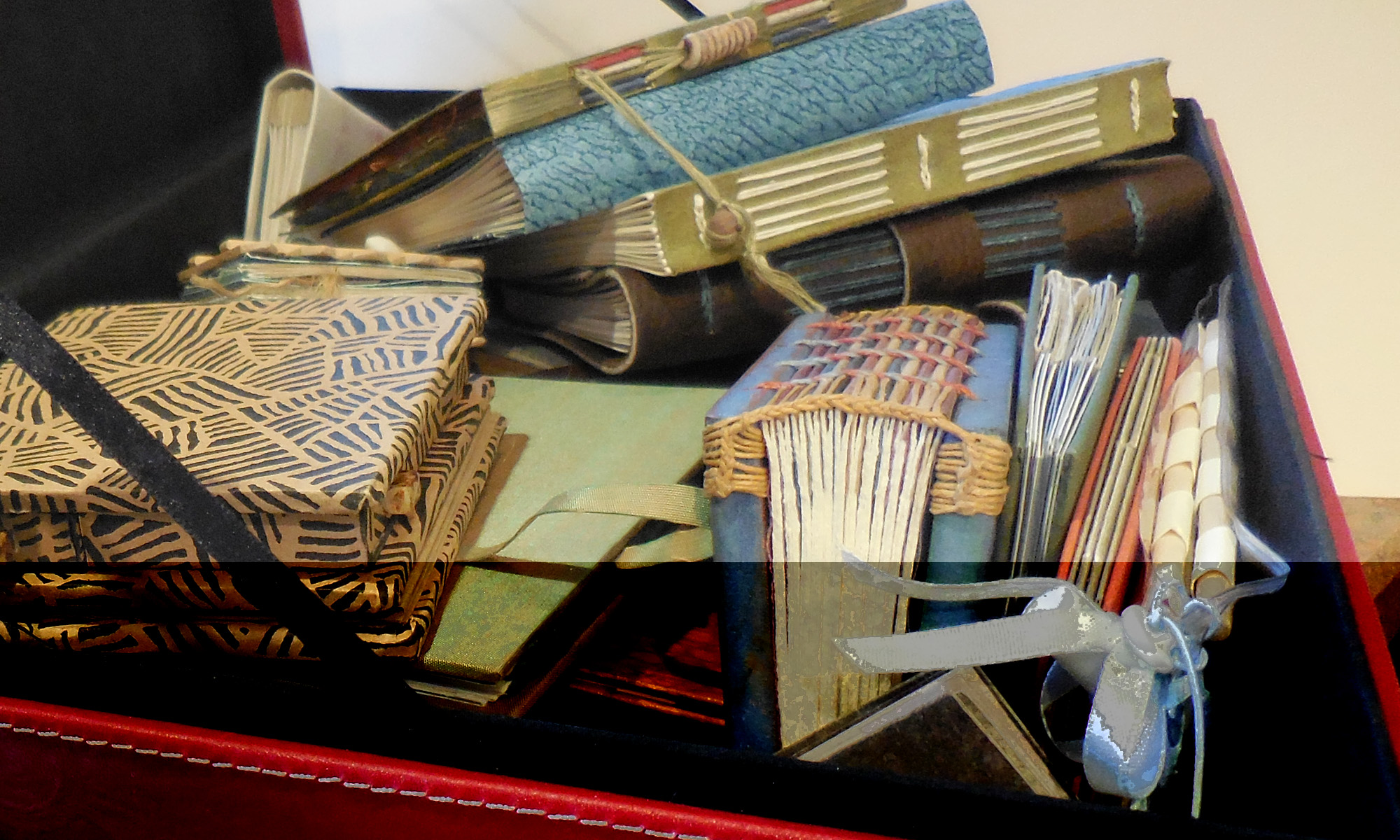
This wonderful article, Shop Class as Soulcraft, has been expanded into a book of the same name that is on my short list of books to read.
In this article at The New Atlantis, Matthew B. Crawford compares today’s trend toward design that hides how it was made (automobiles which have “another hood under the hood”) with the full-disclosure philosophy of bygone Sears catalogues which used to include blown-up parts diagrams and schematics.
He suggests that we resurrect the ideal of manual competence, and describes the goodness of concrete work which is integrated, diagnostic, individualistic and fulfilling. There’s a lot more; read the article. I’m going to read the book.
This discussion has some parallels with what I’ve been thinking about the past couple of weeks: the fate of specialized manual tools in today’s world. I’ve been cleaning out my studio in preparation for a move. Over the past 24 years that we’ve been in this house, I’ve amassed duplicates of many of my tools. I’ve got a box started for Goodwill, but what is the use of sending a lettering guide (I have 2 extra) to Goodwill? How many customers will recognize this little piece of plastic as a valuable tool for calligraphers?
Thanks to Dave Allen for mentioning this on the Book Arts-L.
